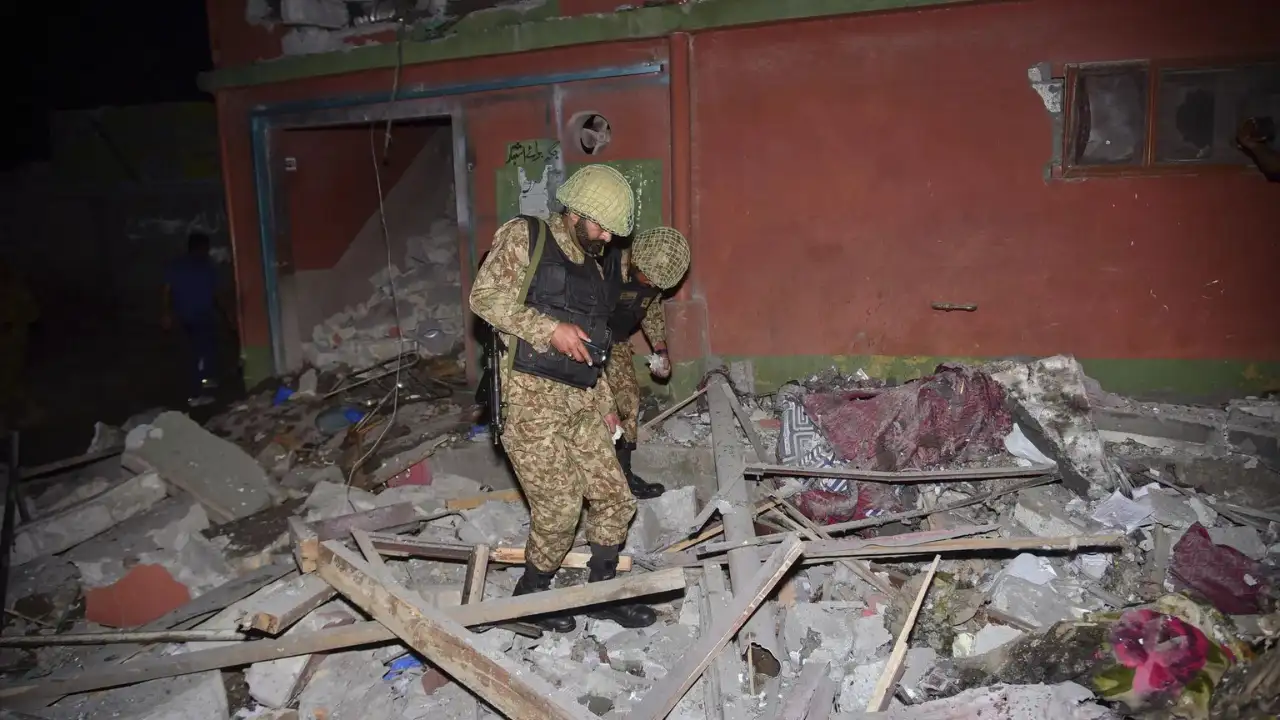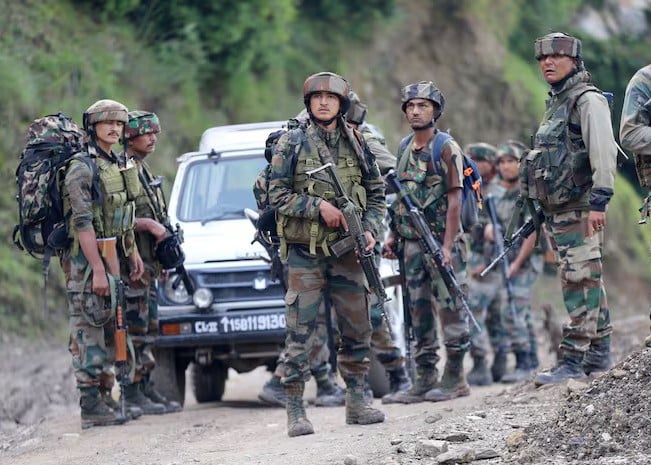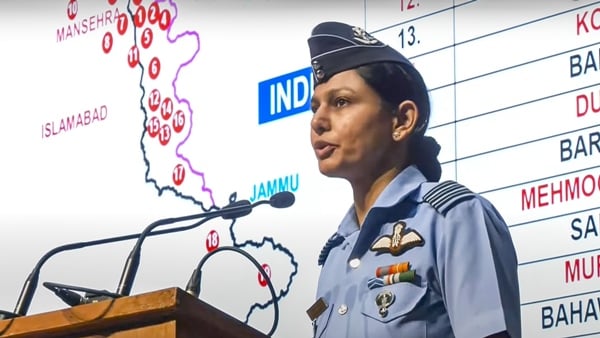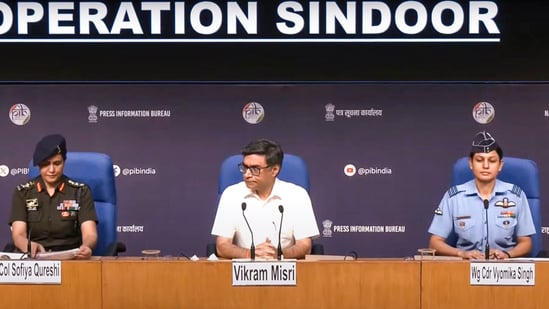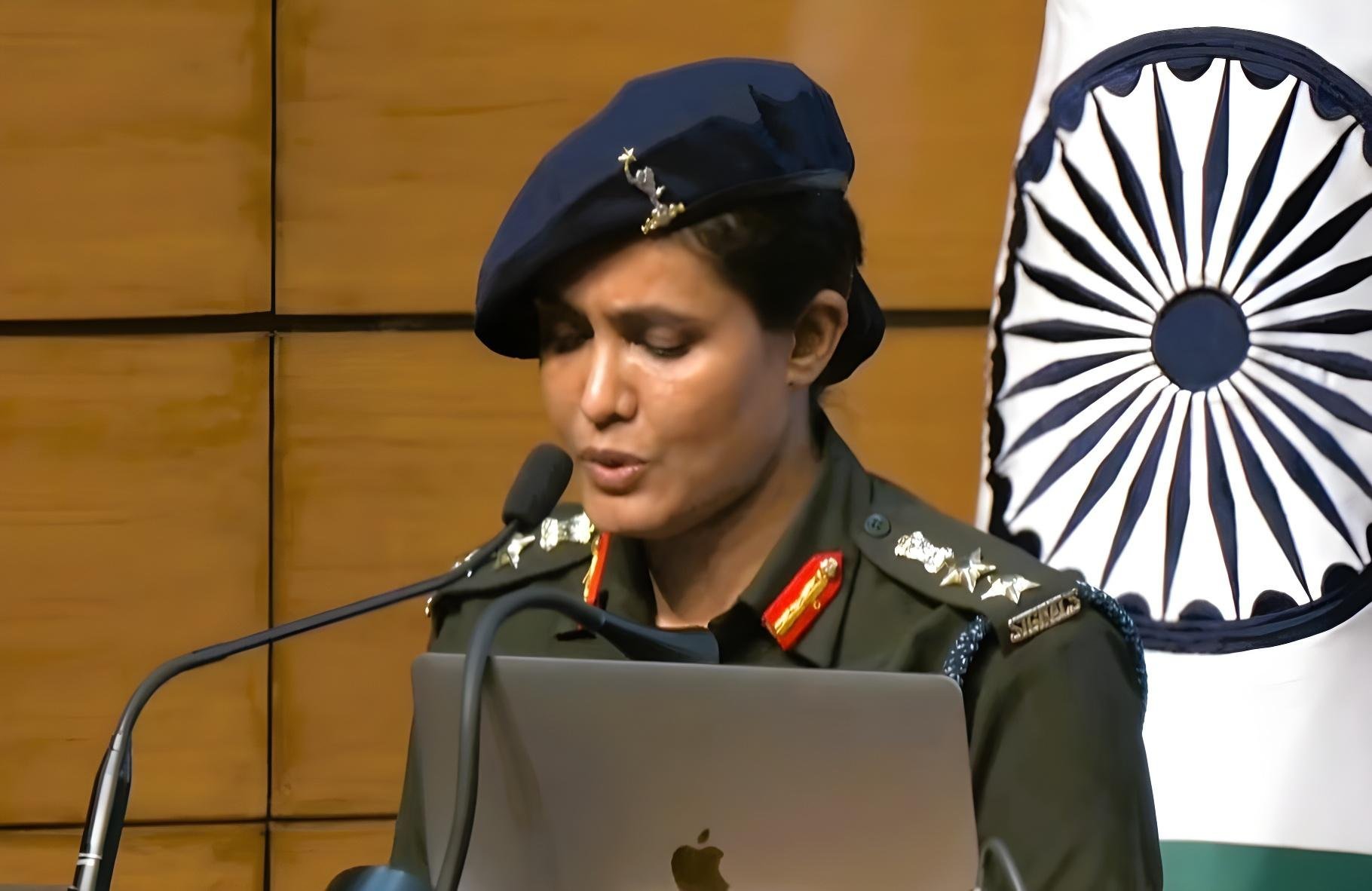Keys Weapons Used By India in Operation Sindoor
In a powerful and precisely executed military operation, India carried out targeted strikes against terrorist infrastructure located in Pakistan and…
15 Indian Civilians Killed While 43 Injured by Pakistan Shelling Near LoC After Operation Sindoor
The Line of Control (LoC) witnessed a sharp escalation on Wednesday after India launched Operation Sindoor, a coordinated military offensive…
Meet Wing Commander Vyomika Singh: The IAF Pilot Who Co-Led the Operation Sindoor Briefing
India’s Operation Sindoor — a bold precision strike targeting terror infrastructure in Pakistan and Pakistan-occupied Kashmir — was historic not…
India Holds Press Briefing on Operation Sindoor
In response to the deadly Pahalgam terror attack on April 22, 2025, India launched Operation Sindoor, a targeted military strike…
Meet Colonel Sophia Qureshi: Trailblazing Indian Army Officer Who Briefed the Nation After Operation Sindoor
In a landmark moment for the Indian Armed Forces, Colonel Sophia Qureshi once again made history—this time as the senior…
10 Facts About Operation Sindoor You Must Know
Operation Sindoor marks a significant chapter in India's military history, showcasing the nation's resolve to combat terrorism. This operation, executed…

